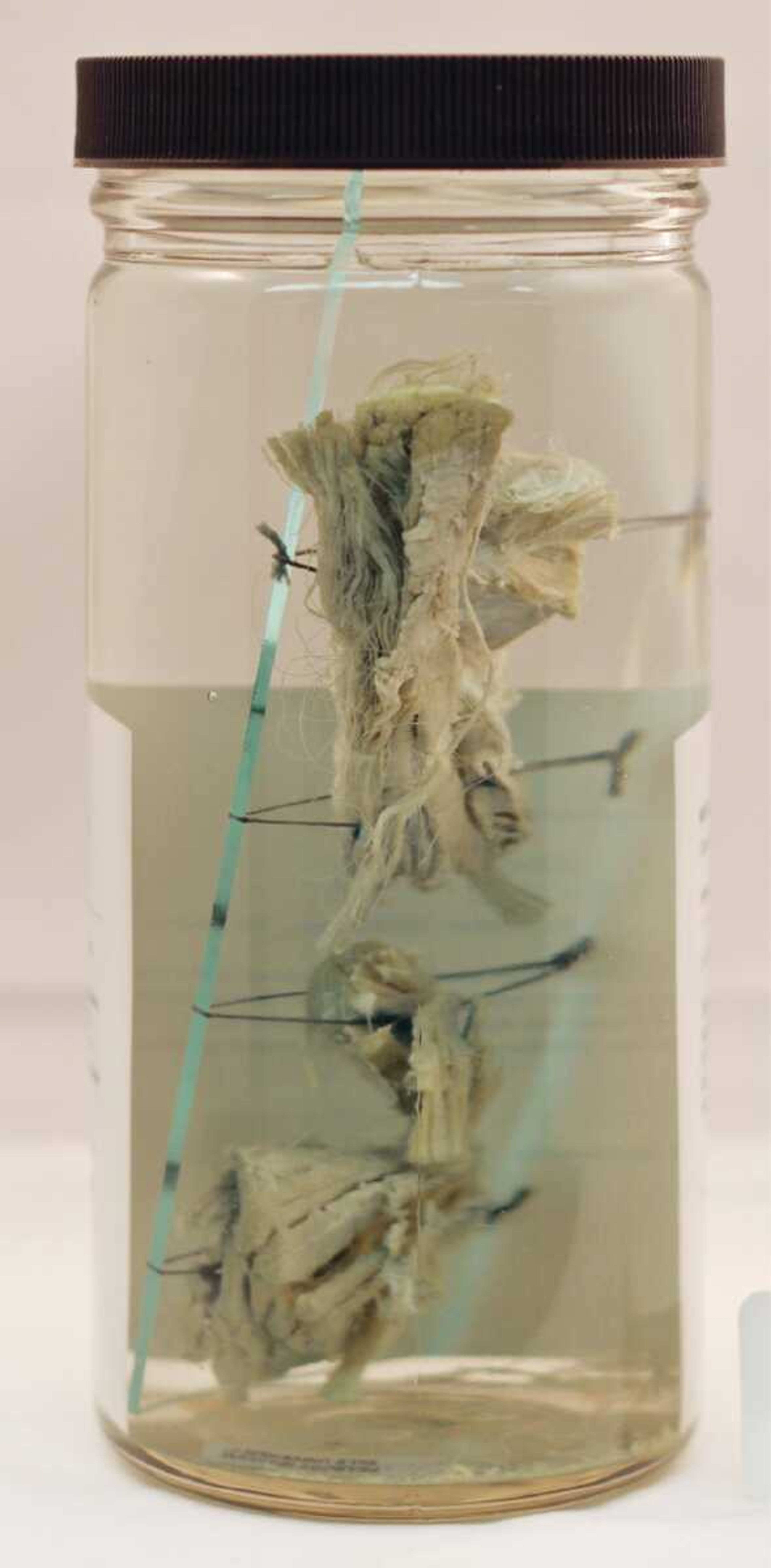DNA test confirms mammoth meat at 1951 dinner was turtle
When members of the Explorers Club gathered for a lavish annual dinner in New York City in 1951, one account said they feasted on meat from a prehistoric wooly mammoth preserved in a glacier. The banquet menu said the long-extinct mystery meat actually was giant sloth...
When members of the Explorers Club gathered for a lavish annual dinner in New York City in 1951, one account said they feasted on meat from a prehistoric wooly mammoth preserved in a glacier.
The banquet menu said the long-extinct mystery meat actually was giant sloth.
But Yale researchers using DNA analysis on surviving bits of the meat reached what could be the final word on the story: Neither is true.
The meat served was nothing more than modern-day sea turtle.
"I'm sure people wanted to believe it. They had no idea that many years later, a Ph.D. student would come along and figure this out with DNA sequencing techniques," said Jessica Glass, a Yale graduate student and co-lead author of a study published Wednesday in the journal PLOS ONE.
The Explorers Club gala, held in the grand ballroom of the Roosevelt Hotel, promised a menu of Pacific spider crabs, green turtle soup, bison steaks and meat from an extinct giant ground sloth, according to Adalgisa Caccone, a senior research scientist and study co-author.
The event appears to have similarities to a fictional account in the 1990 Matthew Broderick film, "The Freshman," in which high rollers paid $1 million for the privilege of eating meat from endangered species, only to be served Hawaiian tigerfish mixed with smoked turkey.
Some folklore about mammoth on the menu apparently grew out of a Christian Science Monitor story days after the January 1951 event. It reported the "chief attraction at the smorgasbord was a morsel of 250,000-year-old hairy mammoth meat."
It apparently had been found at "Woolly Cove" on Akutan Island, in the Aleutians, and was shipped to New York.
According to Yale, the banquet's promoter, Commander Wendell Phillips Dodge sent out press notices saying the annual dinner would feature "prehistoric meat."
An Explorers Club member, Paul Griswold Howes of the Bruce Museum in Greenwich, Connecticut, was unable to attend the dinner but requested a piece of the meat be sent to him. Although the sample was labeled as "Megatherium," or giant sloth, the myth about the wooly mammoth persisted over the decades.
The specimen remained at the Bruce Museum until 2001, when it became part of the mammal collection at the Yale Peabody Museum of Natural History in New Haven, Connecticut.
In 2014, Glass and another student, Matt Davis, were curious about the specimen and commenced a DNA analysis. The work was funded by a grant from the Explorers Club.
They extracted DNA, and the test results matched the genetic profile for green sea turtle.
"We are pleased with the results of Yale's analysis," said Will Roseman, executive director of the Explorers Club, an organization of conservationists, environmentalists and others devoted to protecting the earth.
"The mindset 65 years ago and today has dramatically changed and what was obviously a unique event decades ago, has given way to a determined effort to introduce people to the foods that can sustain mankind well into the future."
Connect with the Southeast Missourian Newsroom:
For corrections to this story or other insights for the editor, click here. To submit a letter to the editor, click here. To learn about the Southeast Missourian’s AI Policy, click here.










